The Truth About Being a “Travel Influencer” in 2025.
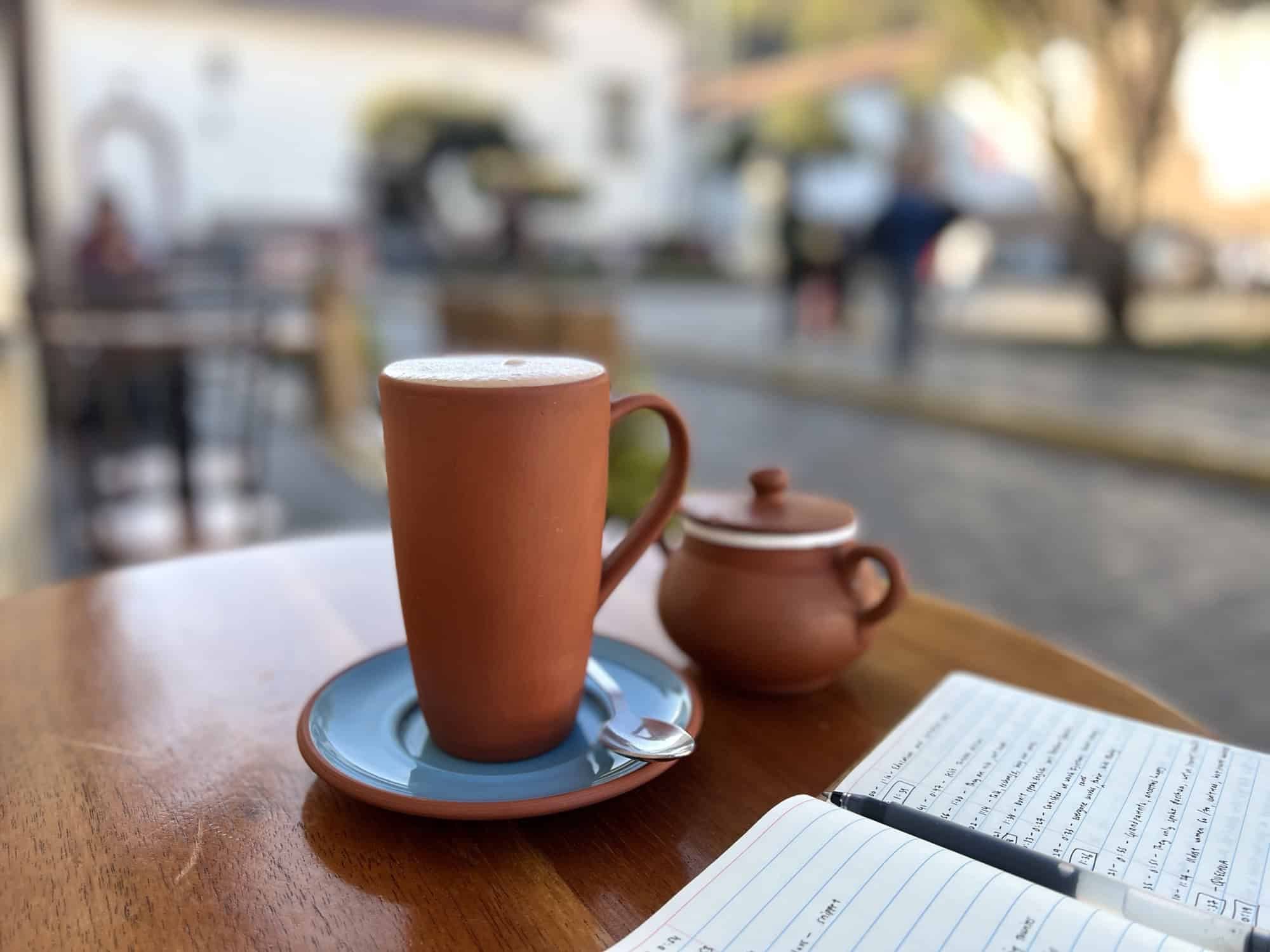
A while ago, I binge-watched a gripping mini-series centered around social media and its twisted impact on our real lives.
In the hilarious yet thought-provoking pilot, the character I initially sympathized with was a young Youtuber who’d call his buddies each time he uploaded a new video, and beg them to like-share-comment. His life’s goal was to collaborate with a social media star who had a much larger following, so he could get more likes-shares-comments!
In a candid conversation with his elder brother, he said something to the effect of:
There was a time when fans would do anything for celebs.
But now, social media celebs must do anything for their followers!
That got me thinking. Aside from the parody of influencers in the show, he had a point. If you browse through any popular travel hashtag on Instagram, you can spot influencers risking their lives at the edge of dangerous cliffs, trampling through lavender fields, and even doing tacky dances in pristine backdrops – just to entertain their fans and get likes-shares-comments.
I know I’ve been guilty of pushing myself to finish a hike or three, just so I could get photos for the ‘gram with some epic views. I’m embarrassed to say, many years ago, I once jumped over a ‘do not cross’ warning sign on a hike in Thailand, so I could get unobstructed photos of the surrounding valley. And in the early days of my digital nomad lifestyle, I once carried my laptop to the beach with the sole intention of photographing an outdoor office like I saw on other blogs – only to mess up my camera with fine sand in the lens!
Truth is, the glamorous world of travel influencers is often filled with insecurities, challenging negotiations, and immense pressure to ‘fake it till you make it.’
Also read: Insider Tips: How to Get Paid to Travel the World in 2025
The death of creativity
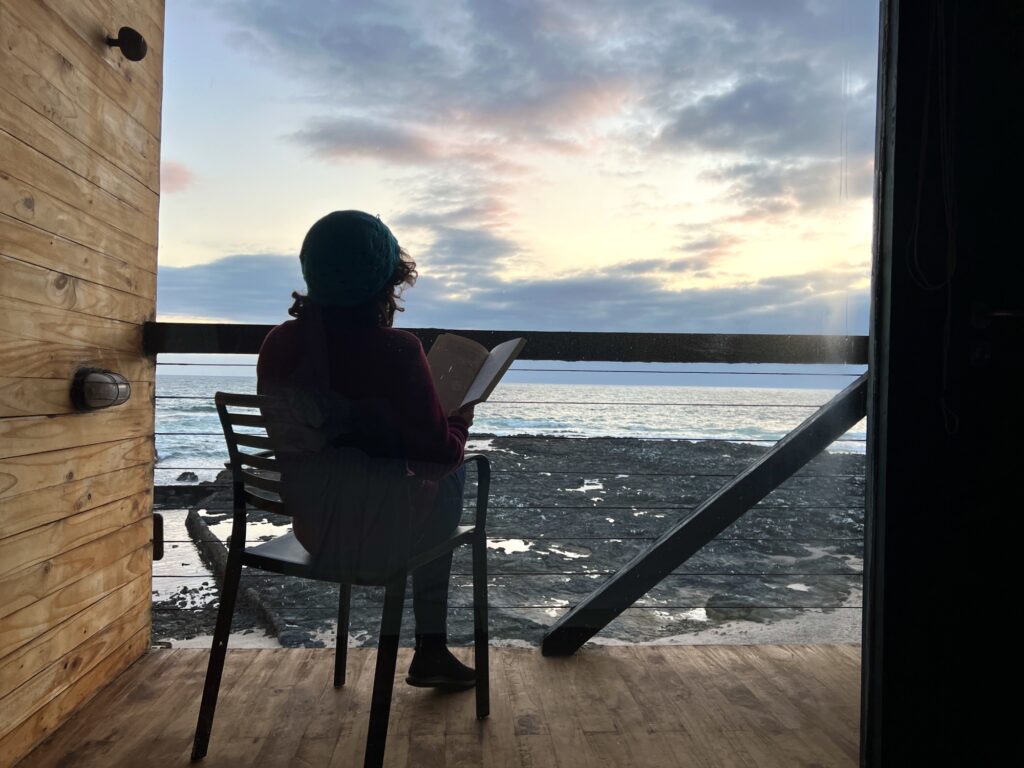
There was a time when travel bloggers were lauded for publishing one blog post a week or month. Some only published longer contemplative stories or videos once in a few months! After all, slow exploration and crystallizing experiences into meaningful stories takes time. And creativity isn’t something you can channel on demand.
Now fast forward to the Instagram age. Creators are expected to churn out content like a factory. Posts, reels, stories, blog posts, youtube videos, youtube shorts, snapchat, X, threads, tiktok, pinterest. Then cross-promote each piece of content on every other platform! Add to that the pressure to accumulate likes-shares-comments everywhere, and the constant competition to create something better than your peers.
It’s physically draining, mentally exhausting and quite frankly, the death of creativity.
Also read: Why Long Term Travel is More Like Real Life and Less Like Instagram
Influencer agencies ask you to do the strangest things
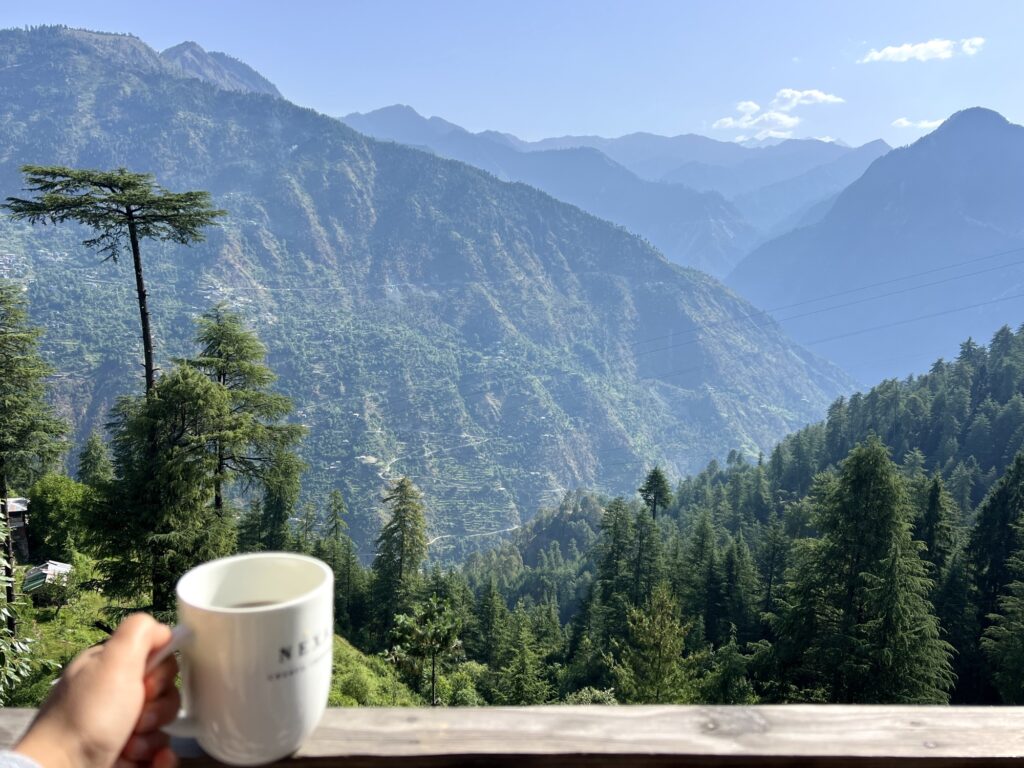
I know I shouldn’t be burning bridges with digital and PR agencies, especially since brand collaborations account for a significant part of my income, but…
They ask me to dupe readers by not disclosing paid associations, because of “brand protocol.”
They want me to talk to the camera for two minutes, explaining why their travel insurance is the best out there, when I’ve never heard of or used it before.
They try to convince me to promote their products by saying untrue things, like this might be the best <insert product category> brand I’ve tried.
They tell me to pretend like I paid for a trip with a travel company, rather than disclosing that the travel company paid me to go on their trip.
They urge me to highlight the environmental efforts of the very fossil fuel and single use plastic producing companies that are destroying our planet.
They want me to commit to a certain number of views and comments, like I run the goddamn Instagram algorithm.
And worse yet, they ask me to pay THEM so I can be included in one of the billion repackaged lists of top travel influencers on the internet!
Also read: What I’ve Learnt on the Way to 60,000+ Organic Followers on Instagram
Can you really be a traveller AND an influencer?
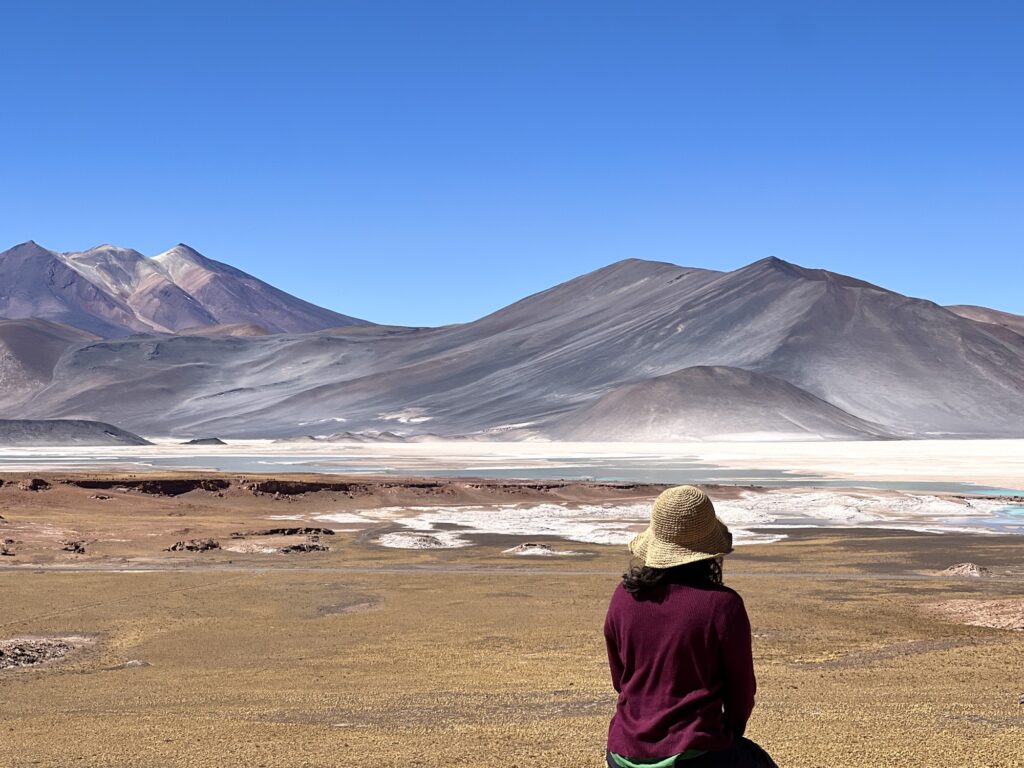
Sometimes the term ‘travel influencer’ can feel like an oxymoron. The persona of a traveller and the label of an influencer are often at loggerheads with each other.
I’ve long thought of travelling as something one does in anonymity. But the weight of an influencer tag often destroys the authenticity of travel.
Recently, for the first time in years, my partner and I decided to splurge and stay at an eco-lodge – as opposed to being hosted at one. We specifically made the booking under my partner’s name and let him lead all communication.
The anonymity of being just another guest changed my entire experience. When the restaurant catered creatively to my vegan requests, I knew they weren’t making an exception for me. When I happened to run into one of the lodge’s board members and had a long chat about her vision, I knew she wasn’t sugarcoating it for my blog.
As much as I try to retain authenticity in my collaborative travels, the truth is, an influencer’s experience will likely be different from a regular traveller’s.
On blogging assignments, tourism boards often open up popular attractions before public timings, so they can be experienced and photographed before the crowds arrive. Customized meals, guided trips with founders who don’t otherwise lead trips, and special arrangements made for travel influencers can’t often be replicated for their followers. Does that make both travelling and influencing inauthentic?
These days when I travel, I feel quite weary about booking trips with small socially and environmentally conscious companies, who inevitably see my blog or Instagram account and insist that I join them for free. If I can afford to pay for the trip, I’d rather do that. I’d rather get paid for a professional collaboration, or retain 100% authenticity and not feel pressurized to write about it.
The irony is that I hustled for so long to build an engaged readership and personal brand, and now it seems to be the very thing getting in the way of my travels.
Check out my in-depth course: Get Paid to Travel the World With Purpose
The term “influencer” is cringeworthy, but…
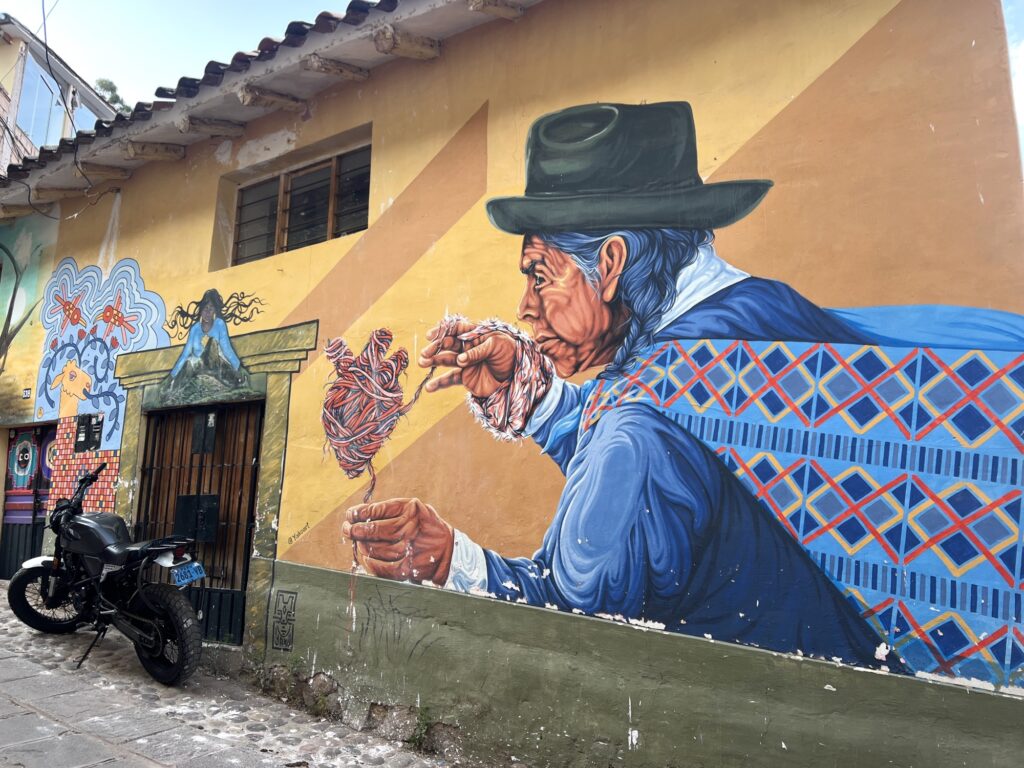
I’ve been using the term “influencer” loosely in this post for convenience, but I cringe when someone refers to me as one. That’s a sentiment shared by many others I know in the travel blogging fraternity, especially those who started out pre-Instagram.
Influencers now evoke such a negative picture – promoting mindless consumerism, disrespecting local traditions, harming the environment, duping their followers with fake reviews, duping brands with fake followers, threatening companies with negative reviews, and even faking paid partnerships!
I sometimes feel alienated by Instagram, its opaque algorithm, and the entire influencer phenomenon, that I’ve slowly begun to dissociate myself from it.
And yet, ‘travel influencers’ have the power to change mindsets, question conventions, raise funds for worthwhile causes, pressure brands into environmental consciousness, put a community-led initiative on the tourism map and much more. The question is, should social media algorithms change to encourage mindful content, or should influencers have an awakening to look beyond likes-shares-comments?
Are you fascinated or alienated by social media influencers?
Hi there! I’m Shivya, and I started this travel blog back in 2011, when travel wasn’t trendy, Instagram didn’t exist and AI wasn’t a thing (simpler times, I know!). I write about slow, meaningful and conscious travel – that is good for us, the places we visit, the people we meet along the way, and the planet at large. Settle down, grab a cup of tea, and read stories that remind you of the essence of travel. I’m so glad you found me!


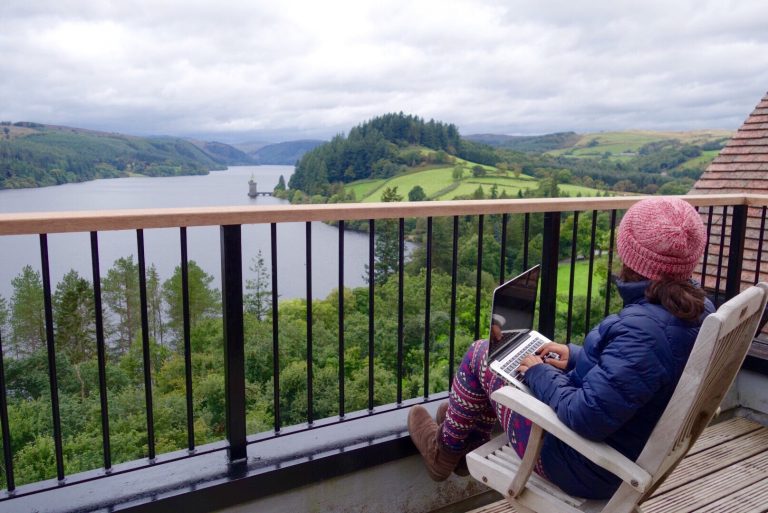
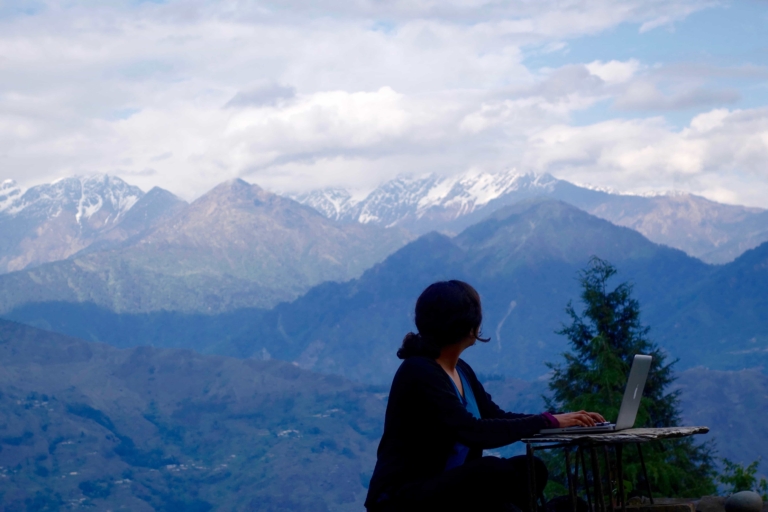
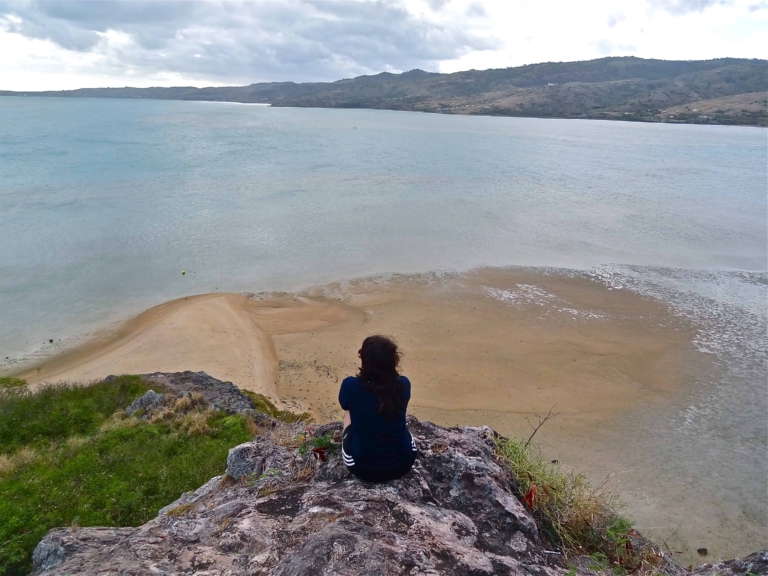
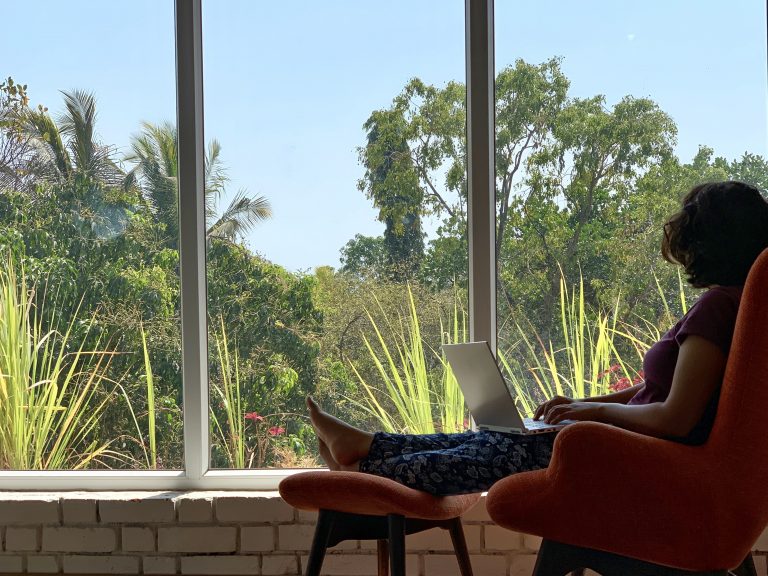
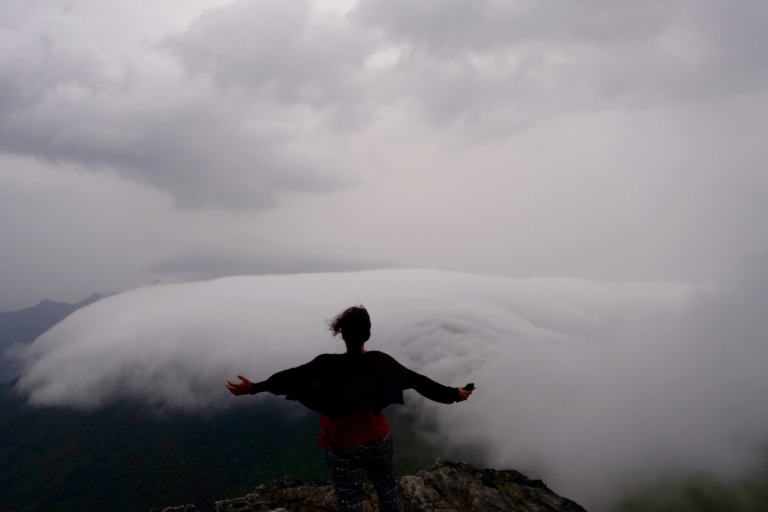
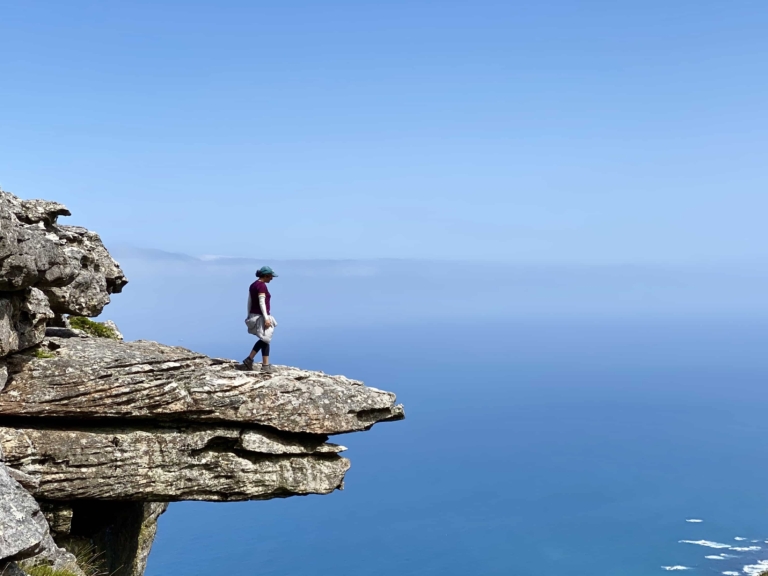
When you see these so called “travellers” are simply working for money when you see them posting Underwear ads
As always, lots of food for thought here. I definitely have a love-hate relationship with Instagram. A lot of it feels inauthentic and makes me feel angry or nauseated. Yet, the good content is like a breath of fresh air! Whether it is Instagram or wherever, authenticity can be felt and it give hope that real still exists. I’ve been following you for 10 years now and reading your content still feel like there is a real, honest, deeply caring person there.
I’ve been reading your work for a very long time. I’ve supported many of your efforts to form digital communities and have found all of your content important, thoughtful, intelligent and insightful. Four years ago, I quit Facebook and all media except for Instagram. Therefore, I rarely see your work. Only when you make a blog post do I get any real insights from you these days. I used to gain a lot of inspiration and meaningful information from your experiences – I’ve travelled widely throughout India, and your information helped me to do that with authenticity and care. A lot of the travel you made in conjunction with sponsors was also inspiring and enlightening – all dat above my price point, to be honest.
Having said all of that, and to reiterate, I’ve admired your work and your transparency and ethics for a long time- This blog post seems filled with a lot of complaining about your hard won success. It feels bitter.
After all of the amazing things you have done, shown and taught others, I hope you can find a way to take time for yourself. To fill your own cup.
Perhaps it is time for the next incarnation of your career. There has been a shift coming over a number of years, you’ve been talking about it in various ways for a while.
The question at the end is powerful.Thanks for sparking a conversation that challenges not just creators, but also consumers, to rethink the way we engage with social media and storytelling.
This is such a fantastic post! I really appreciate the insight you’ve shared—it’s clear, thoughtful, and incredibly helpful. The way you broke everything down made it so easy to understand, even for someone who’s new to the topic.
click here for more information
I totally agree—commenting is far from dead! It’s such a great way to engage, share thoughts, and keep the conversation going. I found this post super useful and inspiring! Keep up the great work! 🙂